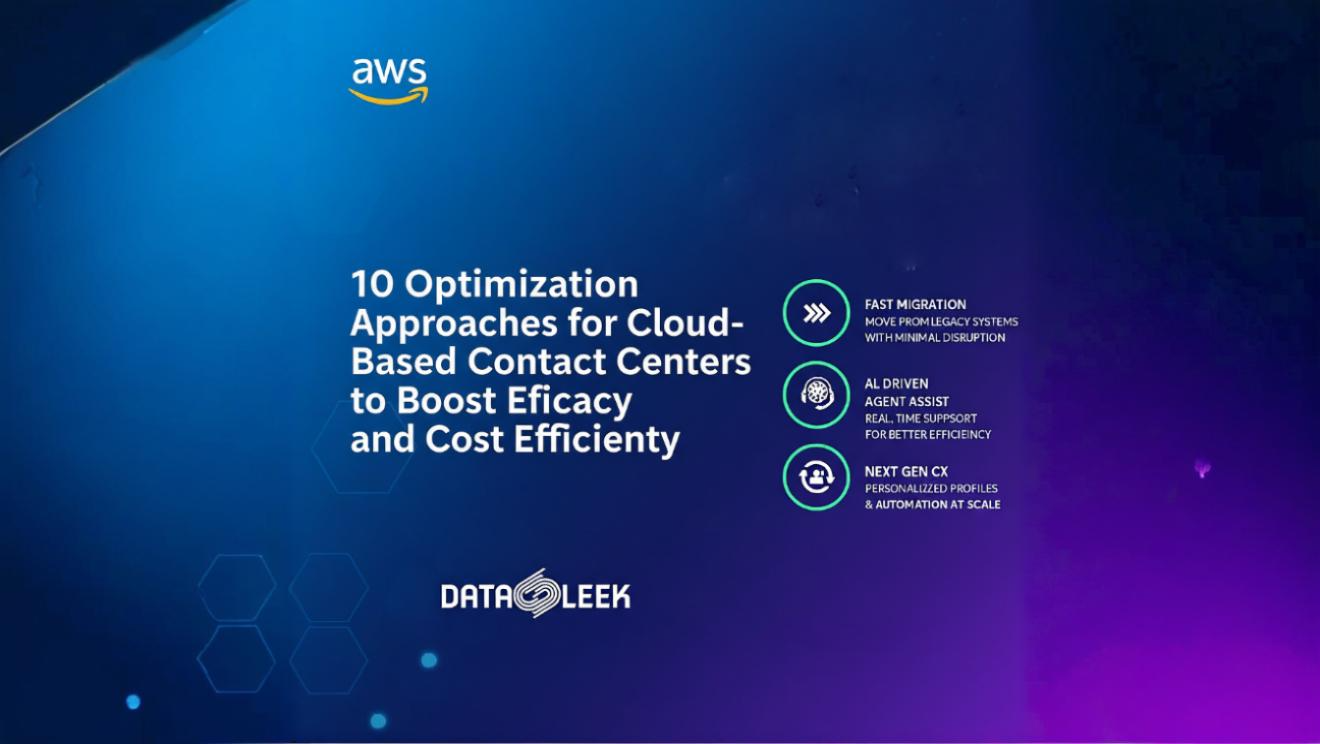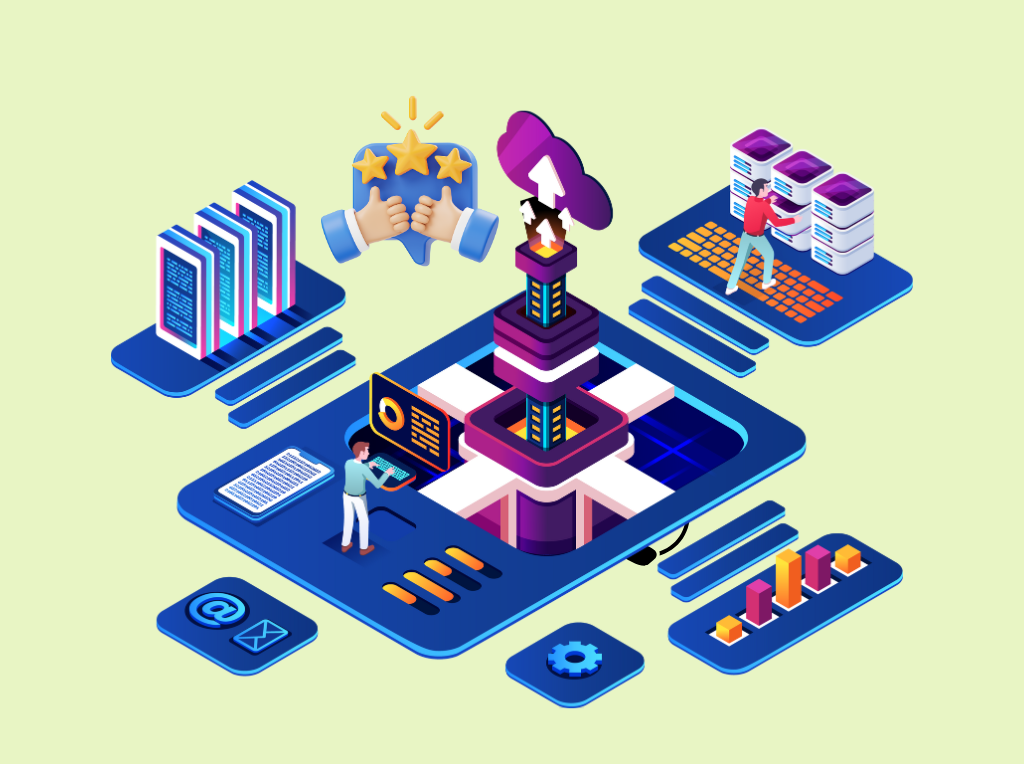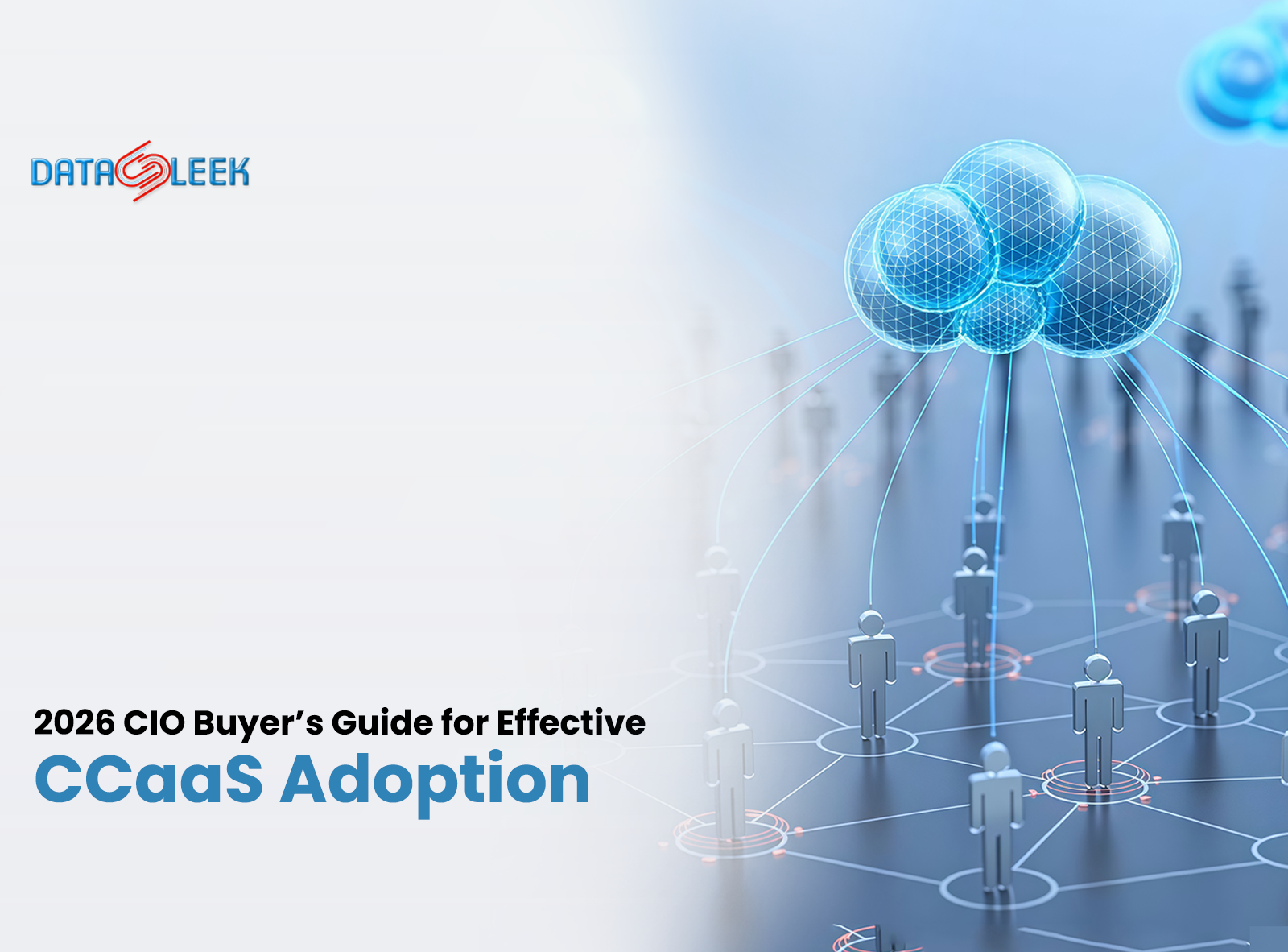Cloud-based contact centers have reshaped how businesses handle customer interactions. Unlike legacy on-premise systems, cloud contact centers scale faster, cost less to maintain, and allow teams to adopt AI-driven tools. But here’s the truth: simply running on the cloud doesn’t automatically mean better performance or lower costs.
To truly optimize a cloud contact center, organizations must focus on workforce efficiency, automation, analytics, and smart infrastructure management. In this blog, we’ll explore 10 proven optimization approaches that help businesses maximize ROI and deliver outstanding customer experiences without overspending.
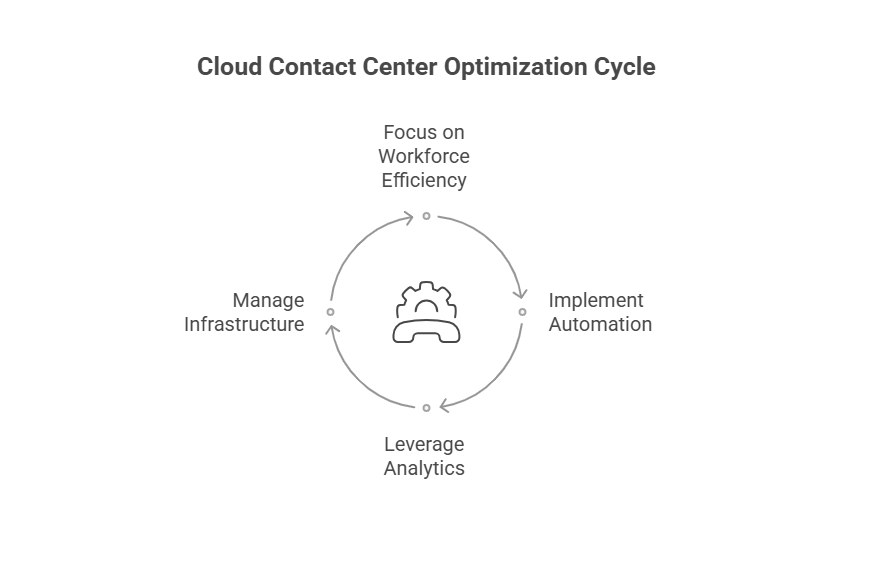
1. Leverage AI-Powered Forecasting and Scheduling
One of the biggest cost leaks in contact centers is poor workforce planning. Overstaffing wastes resources, while understaffing kills customer experience.
-
Cloud platforms like Amazon Connect Forecasting and Scheduling now offer AI-driven models that predict call, chat, and email volumes with high accuracy.
-
By aligning staffing needs with predicted demand, companies can reduce labor costs by up to 20% while improving SLAs.
-
Bonus: AI scheduling also considers agent preferences, reducing burnout and turnover.

2. Adopt Intelligent Call Routing and Prioritization
Routing directly impacts resolution speed and customer satisfaction.
-
With AI-powered routing in Amazon Connect, interactions can be assigned based on customer history, agent skill, or sentiment analysis.
-
Businesses using intelligent routing see 25–40% improvement in First Contact Resolution (FCR).
-
Prioritization ensures VIP customers or urgent cases get handled immediately, preventing revenue loss.

3. Automate Repetitive Interactions with Generative AI & IVRs
A large percentage of customer queries are simple and repetitive (order tracking, balance inquiries, password resets).
-
Deploying AI chatbots, IVRs, and self-service portals reduces the load on human agents by up to 40%.
-
Generative AI now enables more natural, conversational bots that handle complex queries.
-
This frees agents to focus on high-value interactions, improving efficiency and cutting costs.

4. Integrate Omnichannel Customer Journeys
Modern customers expect seamless experiences across phone, chat, SMS, email, and social media.
-
Cloud architecture allows integration of all channels into one unified agent workspace.
-
This eliminates data silos, reduces handling time, and ensures customers don’t repeat information.
-
Companies adopting omnichannel strategies experience 91% higher year-over-year customer retention (Aberdeen Group).

5. Adopt Real-Time Analytics for Smarter Decision-Making
Traditional contact centers rely heavily on post-call reports, which are too late to act upon.
-
With real-time analytics and Amazon Connect + QuickSight dashboards, managers can monitor live performance (wait times, occupancy, sentiment).
-
Real-time insights allow instant corrective actions like shifting agents, sending alerts, or auto-optimizing queues.
-
Studies show that real-time analytics improves agent productivity by 30%.
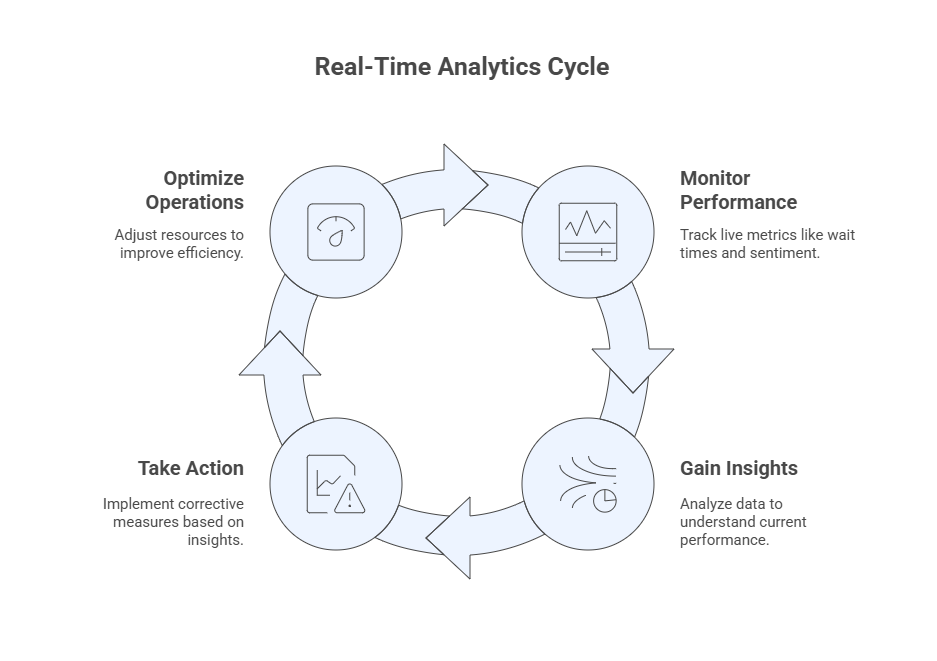
6. Implement Cloud Cost Monitoring & Optimization
Cloud contact centers save money, but costs can balloon without proper monitoring.
-
Many businesses overspend on unused licenses, idle agents, or unused voice minutes.
-
Using cost optimization tools in AWS, businesses gain visibility into actual usage.
-
Optimization techniques like “pay-per-use” channels and elastic scaling help save 15–25% on monthly cloud bills.
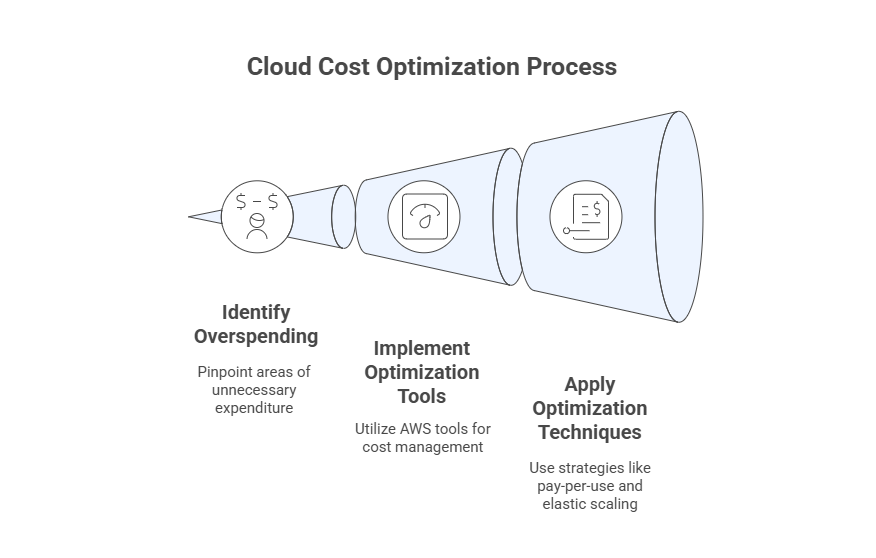
7. Enable Remote + Hybrid Agent Workflows
The cloud makes remote contact centers possible, but optimization requires structured workflows.
-
Remote agents reduce infrastructure and facility costs.
-
Using secure VPNs, identity access controls, and multi-SAML provider integration in Amazon Connect, businesses maintain compliance while scaling globally.
-
Remote flexibility increases employee retention rates by 12–15%, reducing hiring costs.

8. Improve Agent Efficiency with Workspace Integrations
Agents lose valuable time toggling between CRM, ticketing, and support tools.
-
By integrating Salesforce, ServiceNow, or custom CRMs directly into Amazon Connect Workspace, agents access customer history in one view.
-
This reduces Average Handling Time (AHT) by 20–30%.
-
Faster, informed responses improve both CX and agent satisfaction.

9. Deploy Disaster Recovery & High Availability Strategies
Downtime in a contact center is extremely expensive, costing $5,600 per minute on average (Gartner).
-
Cloud platforms allow multi-region deployments, auto-failover systems, and data backups to ensure business continuity.
-
A strong disaster recovery plan protects both revenue and brand reputation.
-
Optimized high-availability designs can bring uptime guarantees close to 99.999%.

10. Adopt AI-Driven Quality Assurance
Monitoring calls manually is time-consuming and limited.
-
AI-driven QA tools automatically review 100% of interactions for compliance, tone, and resolution accuracy.
-
Businesses using AI QA improve compliance by up to 90% while reducing supervisor workload.
-
AI also provides coaching insights, making training more personalized.

Conclusion
Running your contact center on the cloud is just the beginning. To fully unlock its potential, you need structured optimization strategies—from AI-powered forecasting to real-time analytics, omnichannel support, and cost governance.
By adopting these 10 cloud optimization approaches, businesses can lower operational costs, improve agent productivity, and deliver faster, smarter, and more personalized customer experiences.
Cloud is the foundation, but optimization is the multiplier.

